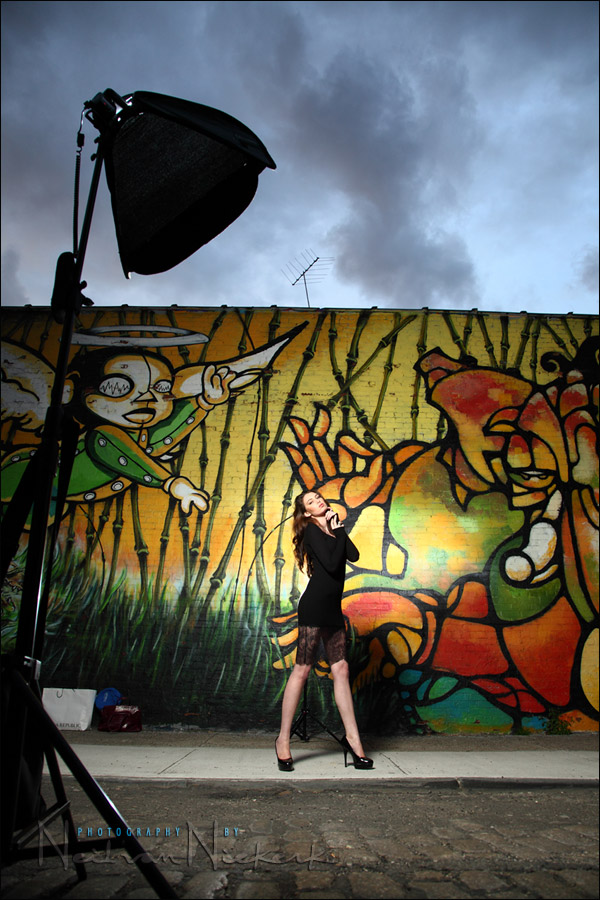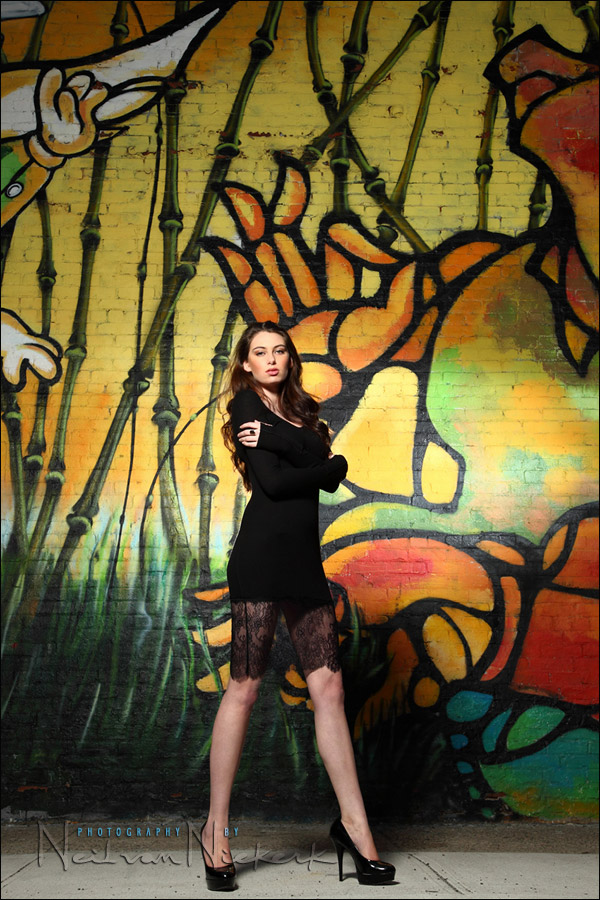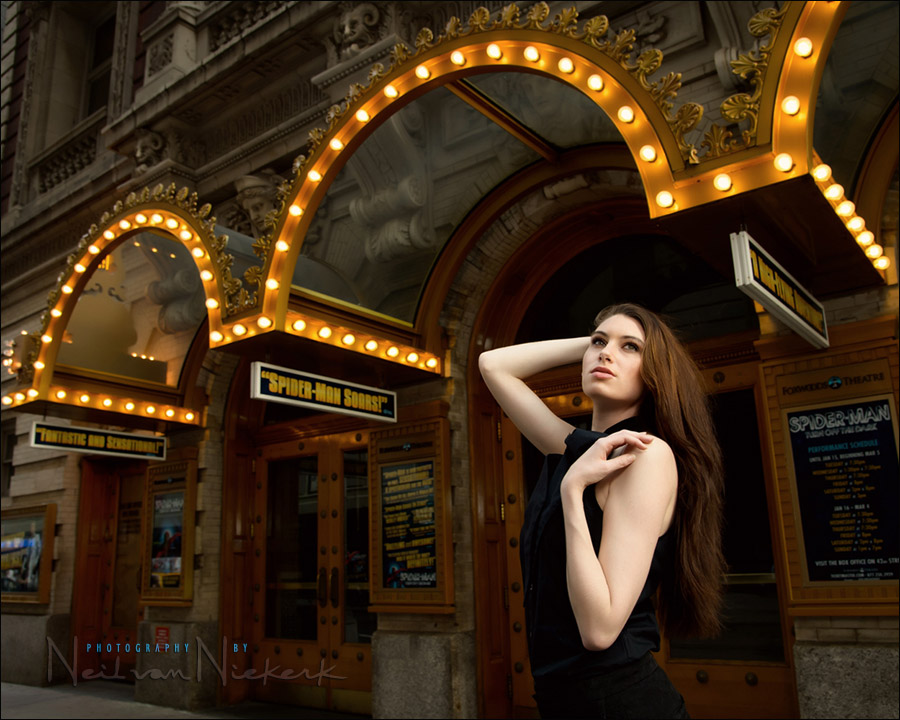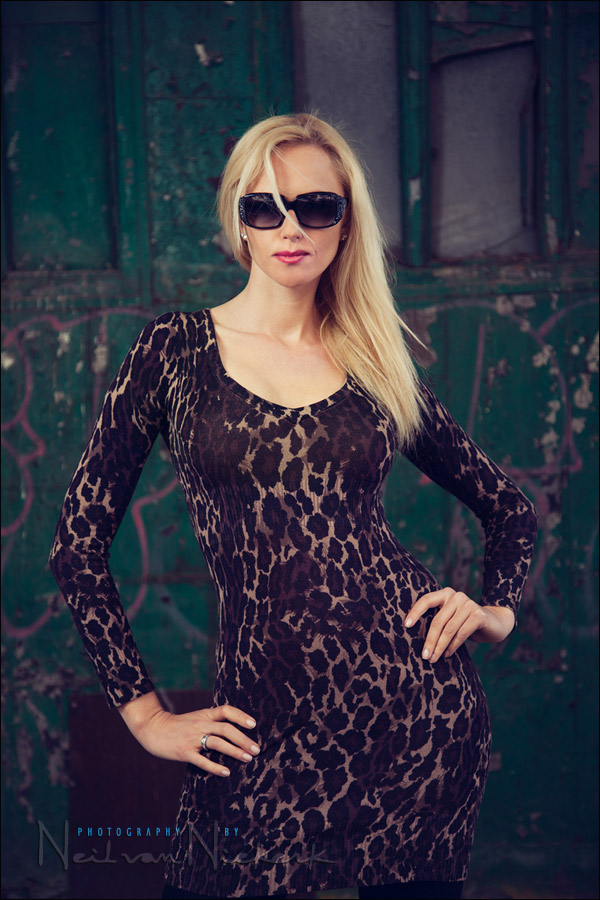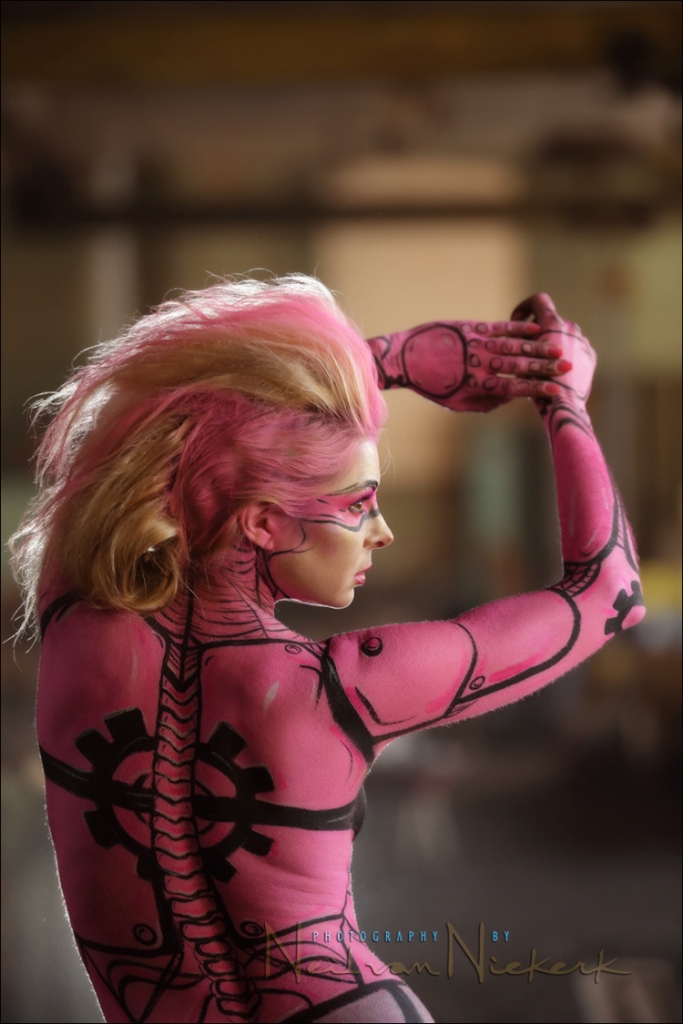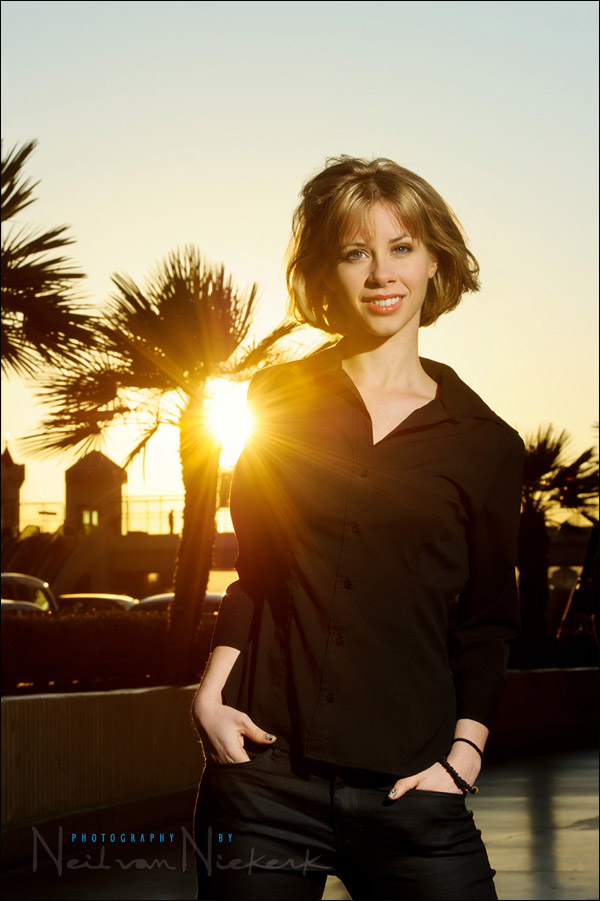review: Canon ST-E3-RT Transmitter and Canon 600EX-RT Speedlite
review: Canon ST-E3-RT Speedlite Transmitter and Canon 600EX-RT
In my review of the Canon Speedlite 600EX-RT, I've already raved about the ease of use of the new speedlite - thanks to a menu system that you can follow without having to decipher it via a manual), but mostly because of the built-in radio control of the flash. This elevates the Canon 600EX-RT to a new level. As mentioned in my review, I really think this flashgun will change things in the photo industry. It's huge. The main advantages of the Canon ST-E3 Speedlite Transmitter (B&H / Amazon), is that you Read more inside...Off-camera flash in low light – choosing your shutter speed
Off-camera flash in low light - choosing your shutter speed
With flash photography, the maximum flash sync speed is an important camera setting. It is the best go-to camera setting when you use flash in bright ambient light. But when we shoot in low ambient light levels, then we need to adjust our shutter speed accordingly. We would most likely be at a shutter speed where the ambient light shows up. We want some of the ambient light to register in our photographs, because it gives us context. Allowing more ambient light to appear in our low-light photos where we use flash, enhances Read more inside...review: Impact Quikbox Softbox (24″ x 24″)
review: Impact Quikbox Softbox (24 x 24")
My favorite diffuser / modifier for off-camera flash, is the Lastolite Ezybox 24x24 for speed lights (affiliate). The Lastolite Ezybox has featured often on the Tangents blog. (Here is the review). It's easy to use and super-easy to set up. And in its original configuration, folds up to a surprisingly small bundle. The good news for photographers who have been curious about the Lastolite Ezybox, is that Impact now makes a softbox - the Impact Quikbox 24x24 softbox (affiliate), which is virtually identical, at a lower Read more inside...Lighting for on-location photo sessions – pick your battles
Lighting for on-location photo sessions - pick your battles
When doing a photo session with a couple on location, I mix up the lighting as needed. Some sequences are shot with shoot available light only; for other sequences I may use off-camera flash with a softbox. Sometimes I use on-camera TTL fill-flash if that helps working faster. Even in varying the way I may use the available light and flash, I still aim to have a consistent look to it all. My specific style has to be apparent. Or perhaps, in the way that I work, my style becomes apparent. The one way that I help make Read more inside...Reasons to use TTL flash – speed & simplicity
Reasons to use TTL flash - speed & simplicity
Okay, true strobists might recoil in horror, but I often prefer using TTL flash to sweeten an image when shooting on location. I get to the final image faster than if I had gone the more methodical route of manual flash. For some situations, manual flash is the only way to go. For example, when your subject is static in relation to your lights and you have to get consistent lighting and consistent exposures, image after image, then manual flash makes the most sense. But for times where you want to shoot faster, and shoot on the Read more inside...review: Canon Speedlite 600EX-RT
review: Canon Speedlite 600EX-RT
Summary: Right off the bat, let me say it - this speedlite, the Canon 600EX-RT (B&H / Amazon), is going to change the industry. Nothing is going to be the same again. A speedlite that has radio transmitters built in, has been anticipated for quite some time now. It just makes sense. So it was just a matter of time before one of the big camera manufacturers did this ... and Canon is the first. And they didn't drop the ball on the rest of the speedlite's features, or with the functionality of this piece of gear. It's easy to use, with Read more inside...Photography lighting patterns
I'm always very happy to feature Chuck Arlund as a guest on Tangents. Anyone who knows Chuck in person will tell you about the crazy energy he has, and how inspiring and innovative he is in his lighting. Back to basics. When shooting a portrait or any person for that matter it is good to understand some light patterns to help determine what kind of mood you would like to create.
Photography lighting patterns
a guest post by Chuck Arlund, Kansas City photographer Read more inside...Tutorial: How to use the guide number of your flash
Tutorial: How to use the guide number of your flash
GN = distance * f-stop Your flash's Guide Number (GN) is determined at 100 ISO, when it gives correct exposure at a certain distance, multiplied by the f-stop The idea that we can figure out the manual flash exposure by the combination of distance and aperture (for a given ISO setting), was covered in these recent topics: - getting the most power out of your flash / speedlite / speedlight - practical tutorial: controls for manual flash exposure In these articles, we relied on the display on the back of the Read more inside...Getting the most power from your flash / speedlite / speedlight
Getting the most power from your flash / speedlite / speedlight
This might be obvious, but the most power (or light) that you're going to get from your flash, is at full output in manual. Then the flash dumps everything it has. Full power. You could of course zoom your flash-head a little tighter and get more power / range, but essentially, you're at the limit. This is useful to know when you're balancing flash with bright sunlight. With this portrait of Shawna, out on the Las Vegas strip, I wanted that sun-flare look ... but I also wanted to balance the super-bright background Read more inside...- « Previous Page
- 1
- …
- 9
- 10
- 11
- 12
- 13
- …
- 32
- Next Page »
